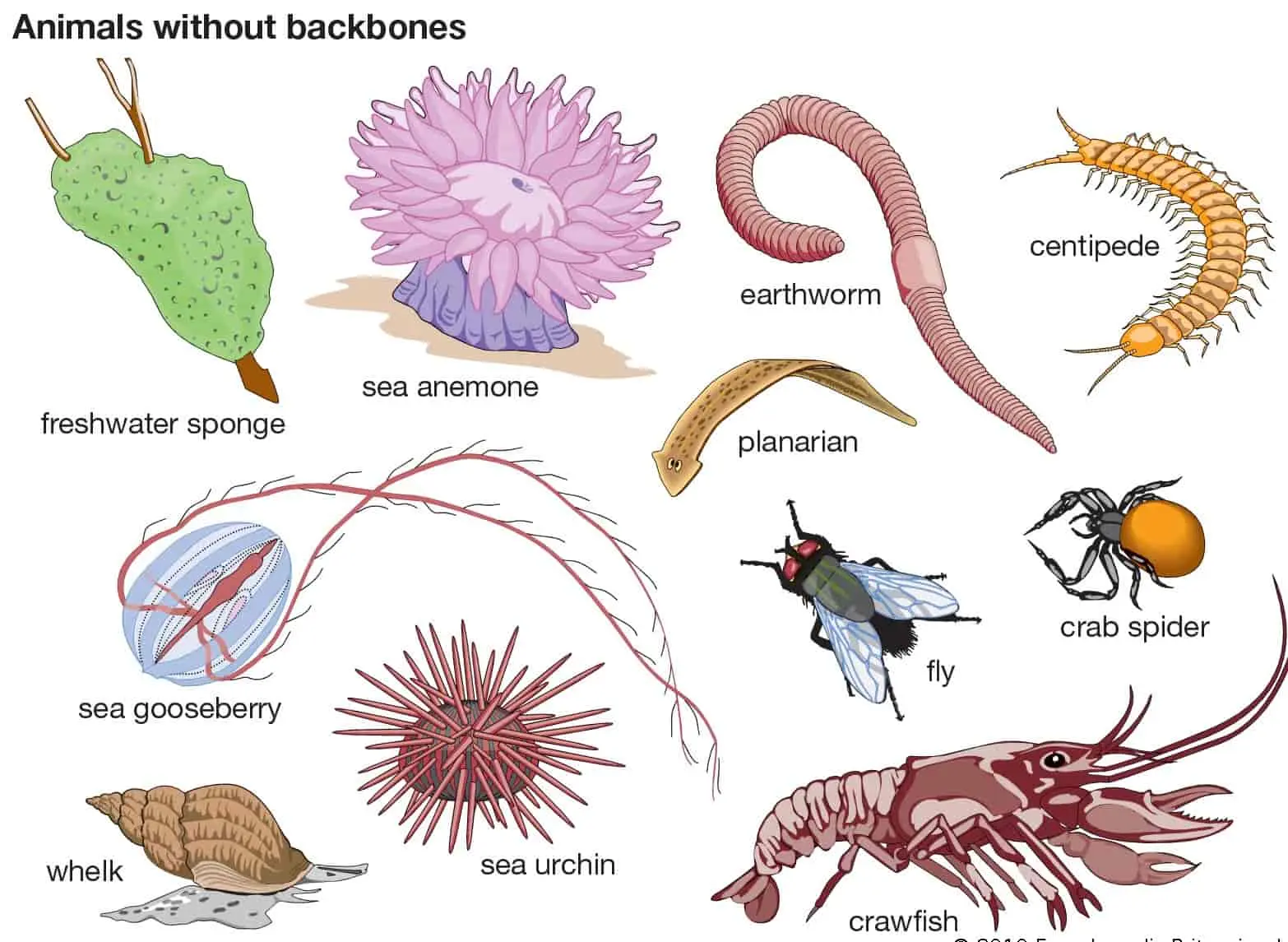In protozoans, porifers and coelenterates the specialised excretory structures are absent. The excretion in these animals occurs through the general body surface.
The contractile vacuoles present in freshwater protozoans are the osmoregulatory structures and regulate osmotic concentration (osmolarity) of the body. Though some ammonia is also lost through contractile vacuoles, but they can not be considered as excretory structures.
In Platyhelminthes (flatworms) the excretory structures are Protonephridia or Solenocytes. These structures are also present in Rotifers, Cephalochordates (Amphioxus). and some annelids.
The tubules of protonephridia in flatworms terminate into Flame cells. These cells contain a tuft of cilia which project into the tubule and beat like flickering (candle) flame, hence the name – Flame cells.
In annelids the excretory structures are nephridia.
In molluscs, the excretion occurs through Metanephridia or ‘Organ of Bojanus’.
In arthropods, there are different type of excretory structures.
In crustaceans (crab, prawn, crayfish etc.) the excretory organs are green glands or antennal glands (seated at the base of the antenna). A green gland contains coelomosac, labyrinth, nephridial duct, bladder and nephridiopore.
In arachnids (scorpion, spider etc.) the excretory structures are coxal glands.
In insects, the excretory structures are Malpighian tubules. In Cockroach, these tubules are attached in between midgut and hindgut. The excretory product in the cockroach, like other terrestrial insects, is uric acid.
In echinoderms the excretory system is absent and excretion occurs through Nephrocytes (a type of amoebocytes).
Image source educationd





Leave a Reply
You must be logged in to post a comment.